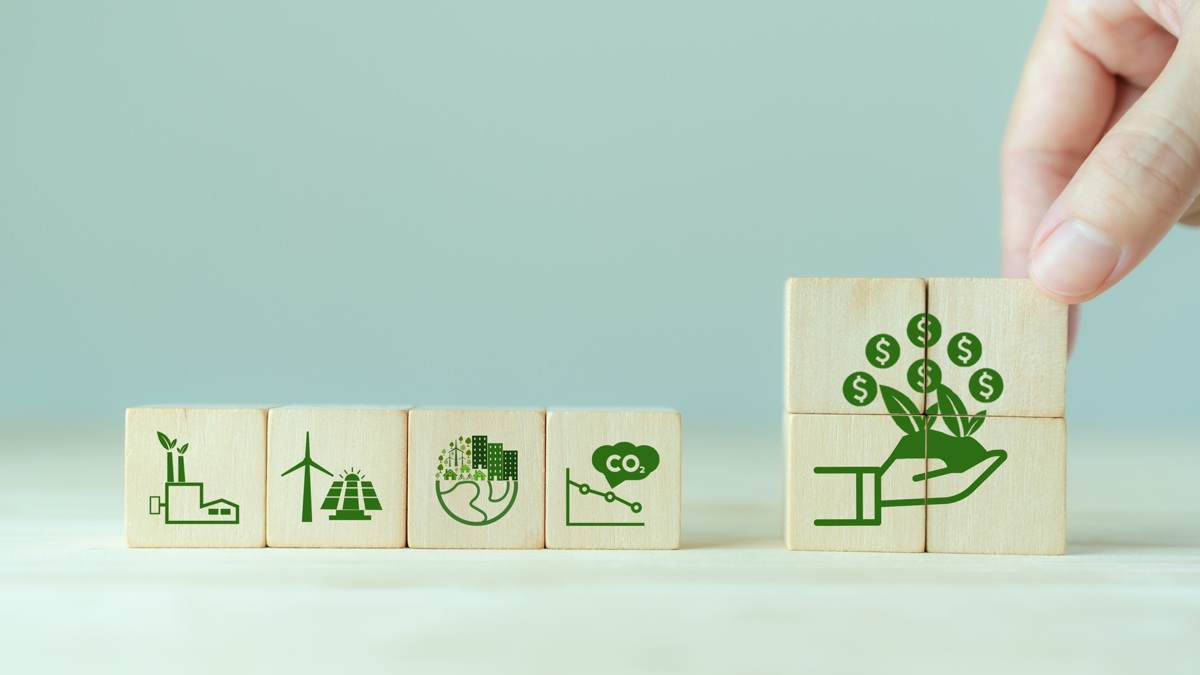I had the honor to present our carbon pricing strategy at Innovate4Climate World Bank’s flagship conference on climate change last May 25th.
Climate change is the greatest threat to human wellbeing and the health of our planet. As proof of this, the last 7 years were the hottest on record as reported by the World Meteorological Organization. Carbon pricing is one of the most effective ways to provide across-the-board incentives to conserve energy and switch to cleaner energy sources, according to Christine Lagarde, President of the European Central Bank.
Reuters says that carbon pricing has come to the forefront of policy measures seen as ways to reduce emissions to a level consistent with the Paris Agreement target of less than 1.5-2 degrees Celsius of warming.
Carbon pricing is helping us on our journey to becoming a company with net zero net emissions
At Telefónica, we use carbon pricing in our green strategy to achieve both our net zero goal by 2040 (including the value chain) and our interim targets of reducing our own emissions, scope 1 and 2 emissions up to 80% in 2030 and neutralising scope 1 and 2 emissions in our main markets by 2025.
ESG-based decision making has become more relevant now than ever before in the context of geopolitical tensions and instability we are facing these days. Introducing carbon pricing helps us make better investment and equipment procurement decisions.
Assigning an internal price to carbon, is not only a great lever of our decarbonisation plan, but also a useful financial tool for risk management and investment processes.
How are we implementing carbon pricing?
Carbon pricing is a key tool that allows us to make better informed decisions on capital expenditure and procurement, as well as to assess the efficiency of our operations including a more holistic perspective that considers for example our exposure to the risks arising from the transition to a decarbonised economy. To make it possible, we are activating this tool through different pathways:
To make it possible, we are activating this tool through different pathways:
- First, we introduced an implicit carbon price used for example in our Brazil operations. Telefónica Brazil includes a requirement in their fleet contracting model for our suppliers to offset the emissions generated by the use of rental vehicles through certified absorption projects. On the one hand, this makes the fleet they put into operation less polluting (use of biofuels), and on the other, it is included as a criterion at the time the contract is awarded.
- We also implement a shadow price in our purchasing decisions for hardware that consumes fossil fuels or electricity, as well as hardware containing refrigerant gases, which contributes to reducing our Scope 1 and 2 emissions. By applying Total Cost of Ownership (TCO), we include in the purchasing decision process both the cost of energy consumption and the greenhouse gas emissions costs during the useful life of the equipment. This allows us to guide procurement processes towards more efficient equipment and technologies, with a lower carbon footprint.
- On the other hand, we are introducing an internal carbon fee that will help us to establish a “carbon fund” with the proceeds of this carbon fee, and that could be used to finance carbon removal projects to neutralise our residual scope 1 and 2 emissions as of 2025, around 10%, supporting nature and biodiversity.
Carbon pricing tools
For those who are not well-versed with this subject:
- All of them are different voluntary mechanisms that can be used to consider how much carbon emissions cost or will cost in terms of CapEx and OpEx to an organization. All of them are an internal price that an organisation sets for carbon.
- They are used to internalise a cost that for the time being is not accounted for in companies’ accounts so that it can be integrated into the company’s risk and opportunity management and help it in its decarbonisation strategy by improving decision making. The ambition of this idea is to make environmental costs part of a broad economic analysis of whether to invest in a project of this type, identifying the price of pollution in a transparent way.
Telefónica puts its weight behind carbon pricing, opting for its implementation and recognises that it is a very relevant tool for the transition to net zero.
It is important to remember Antonio Guterres, United Nations Secretary-General, words: “The world is in a race against time. We cannot afford slow movers or fake movers”.
*Watch the complete conference in the following link.









